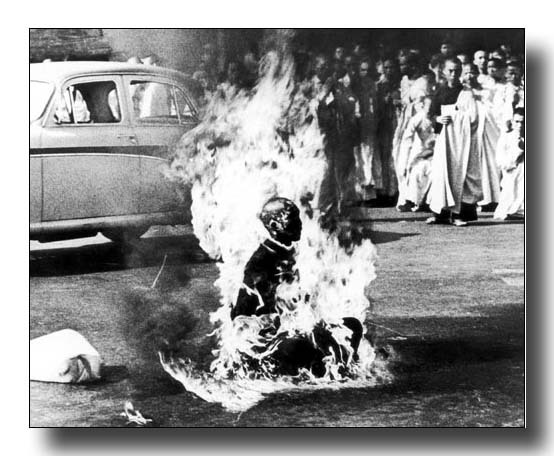I wanted to post up two silkscreen ideas, the first is this real old can of pomade (hair wax for you young folks)- it was my brother's and I inherited it and I rediscovered it recently, only this time when I looked at it, I saw how insanely weird, kind of funny, and awkward the cover is. and how well it would do as a silkscreen:

(four colors, I guess- black, light orange (background), dark orange/red (text and lips), beige (skin, shirt?), and the white of the paper.
other shots:


the second project is a photographic silkscreen, for which I have three ideas:

I could add colors if I wanted- this assignment (for a class) is to be photographic and include 5 colors, so this may not work for the assignment.
other ideas:

This might be a good one, the colors are so bold. I would need help mixing them up- but I guess it would be turqouise (wall paint), dark brown (skin), navy (shirt... or just leave it black?), orange (shorts), light brown (dirt). that sounds like alot.

this one also has good colors- light brown, dark brown, blue (shirt and sky), red, and green (bug and trees). black for the shirt? no I guess I don't need black, its part of the photographic layer.


















